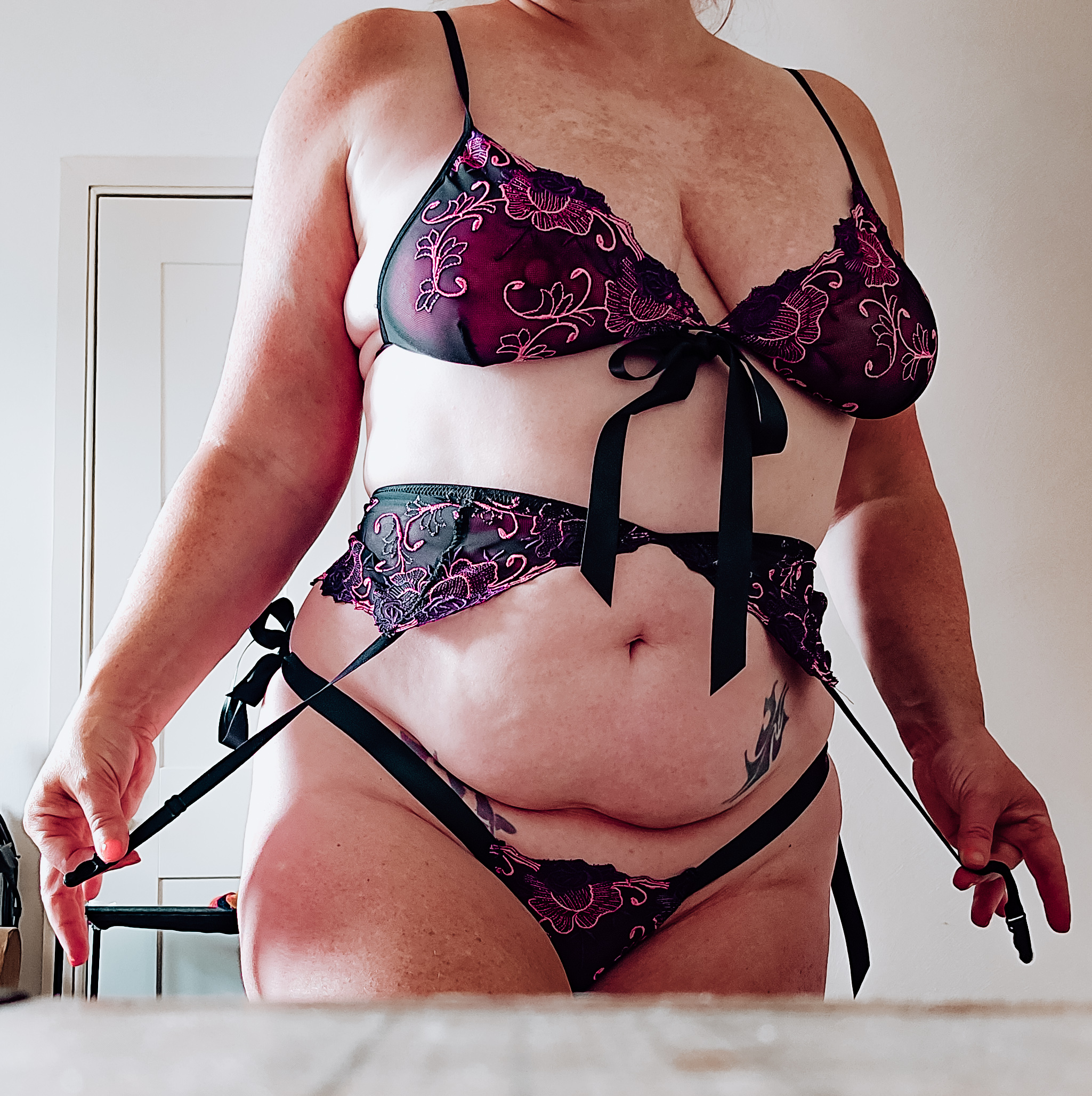Understanding Demigender
Demigender, a relatively recent term in discussions around gender identity, describes an experience where someone identifies partially as one gender and partially as another, or as neither. This can manifest in a variety of ways, with individuals expressing their demigender identity through pronouns, clothing, name choices, and other aspects of self-expression. Understanding demigender is crucial for fostering inclusivity and respecting the diverse spectrum of human experiences with gender.
Definition and Meaning
Demigender refers to a gender identity that exists partially within one gender and partially outside of it. It’s important to note that this is distinct from being transgender, which involves identifying as a gender different from the one assigned at birth. People who identify as demigender may feel connected to certain aspects of a gender but not fully aligned with it.
For example, someone might identify as demi-female, meaning they partially identify as female and partially identify as non-binary or another gender. The experience of demigender identity is highly individual and can evolve over time.

Understanding demigender identities requires embracing the fluidity and complexity of gender expression. It’s about recognizing that gender is not always binary and that individuals have the right to define their own experiences and expressions within a spectrum of possibilities.
Distinguishing Features from Other Identities
Demigender refers to a gender identity that exists partially within one gender and partially outside of it. It’s important to note that this is distinct from being transgender, which involves identifying as a gender different from the one assigned at birth. People who identify as demigender may feel connected to certain aspects of a gender but not fully aligned with it.
For example, someone might identify as demi-female, meaning they partially identify as female and partially identify as non-binary or another gender. The experience of demigender identity is highly individual and can evolve over time.
- A key feature of demigender identities is the partial alignment with a gender.
- Demigender individuals often express their identity through pronouns, clothing, name choices, and other aspects of self-expression.
- It is essential to respect an individual’s chosen gender identity and pronouns when interacting with them.

Understanding demigender identities requires embracing the fluidity and complexity of gender expression. It’s about recognizing that gender is not always binary and that individuals have the right to define their own experiences and expressions within a spectrum of possibilities.
Experiences of Demigender Individuals
Demigender, a relatively recent term in discussions around gender identity, describes an experience where someone identifies partially as one gender and partially as another, or as neither. This can manifest in a variety of ways, with individuals expressing their demigender identity through pronouns, clothing, name choices, and other aspects of self-expression. Understanding demigender is crucial for fostering inclusivity and respecting the diverse spectrum of human experiences with gender.
Emotional Impacts
Experiences of demigender individuals can be complex and deeply personal. For some, demigender identity brings a sense of relief and validation, as it allows them to express their gender in a way that feels authentic. It can also lead to increased self-acceptance and confidence.
However, navigating a demigender identity can also present challenges. Individuals may face confusion or misunderstanding from others who are unfamiliar with the concept. They may experience internal conflict as they grapple with their own feelings and how they want to express their gender.
Social stigma and lack of representation can also contribute to emotional distress. Demigender individuals may feel isolated or lonely, struggling to find a community that understands their experiences.
It’s crucial for demigender individuals to have access to support networks and resources that validate their identities and provide guidance.
Creating inclusive environments where all gender identities are respected and celebrated is essential for fostering the well-being of demigender people.
Social Implications
Demigender refers to a gender identity that exists partially within one gender and partially outside of it. It’s important to note that this is distinct from being transgender, which involves identifying as a gender different from the one assigned at birth. People who identify as demigender may feel connected to certain aspects of a gender but not fully aligned with it.
For example, someone might identify as demi-female, meaning they partially identify as female and partially identify as non-binary or another gender. The experience of demigender identity is highly individual and can evolve over time.
Understanding demigender identities requires embracing the fluidity and complexity of gender expression. It’s about recognizing that gender is not always binary and that individuals have the right to define their own experiences and expressions within a spectrum of possibilities.
Experiences of demigender individuals can be complex and deeply personal. For some, demigender identity brings a sense of relief and validation, as it allows them to express their gender in a way that feels authentic. It can also lead to increased self-acceptance and confidence.
However, navigating a demigender identity can also present challenges. Individuals may face confusion or misunderstanding from others who are unfamiliar with the concept. They may experience internal conflict as they grapple with their own feelings and how they want to express their gender.
Social stigma and lack of representation can also contribute to emotional distress. Demigender individuals may feel isolated or lonely, struggling to find a community that understands their experiences.
It’s crucial for demigender individuals to have access to support networks and resources that validate their identities and provide guidance.
Creating inclusive environments where all gender identities are respected and celebrated is essential for fostering the well-being of demigender people.
Representation and Visibility
Representation and visibility are fundamental aspects of social justice, particularly for marginalized groups. Visibility refers to the presence and portrayal of diverse identities in media, public spaces, and institutions. Representation encompasses how these identities are depicted, whether accurately and respectfully or through harmful stereotypes and generalizations. For individuals who identify as demigender, seeing themselves reflected in society is crucial for fostering a sense of belonging, validation, and self-acceptance.
Challenges Faced by Demigender People
Representation and visibility are fundamental aspects of social justice, particularly for marginalized groups. Visibility refers to the presence and portrayal of diverse identities in media, public spaces, and institutions. Representation encompasses how these identities are depicted, whether accurately and respectfully or through harmful stereotypes and generalizations. For individuals who identify as demigender, seeing themselves reflected in society is crucial for fostering a sense of belonging, validation, and self-acceptance.
Unfortunately, demigender people often face a lack of representation in mainstream media, popular culture, and even within the broader LGBTQ+ community. This lack of visibility can lead to feelings of isolation, invisibility, and alienation.
The absence of positive and accurate portrayals of demigender individuals can contribute to misunderstandings and prejudice. Without seeing diverse gender identities represented authentically, societal perceptions may rely on stereotypes or misconceptions, leading to discrimination and marginalization.
It is essential to amplify the voices and experiences of demigender people through increased representation in various forms of media. This includes showcasing their stories, perspectives, and challenges in a respectful and nuanced manner.
Efforts to Increase Awareness and Understanding
Representation and visibility are fundamental aspects of social justice, particularly for marginalized groups. Visibility refers to the presence and portrayal of diverse identities in media, public spaces, and institutions. Representation encompasses how these identities are depicted, whether accurately and respectfully or through harmful stereotypes and generalizations. For individuals who identify as demigender, seeing themselves reflected in society is crucial for fostering a sense of belonging, validation, and self-acceptance.
Unfortunately, demigender people often face a lack of representation in mainstream media, popular culture, and even within the broader LGBTQ+ community. This lack of visibility can lead to feelings of isolation, invisibility, and alienation.
The absence of positive and accurate portrayals of demigender individuals can contribute to misunderstandings and prejudice. Without seeing diverse gender identities represented authentically, societal perceptions may rely on stereotypes or misconceptions, leading to discrimination and marginalization.
It is essential to amplify the voices and experiences of demigender people through increased representation in various forms of media. This includes showcasing their stories, perspectives, and challenges in a respectful and nuanced manner.
Supporting Demigender Individuals

Demigender, a relatively recent term in discussions around gender identity, describes an experience where someone identifies partially as one gender and partially as another, or as neither. This can manifest in a variety of ways, with individuals expressing their demigender identity through pronouns, clothing, name choices, and other aspects of self-expression. Understanding demigender is crucial for fostering inclusivity and respecting the diverse spectrum of human experiences with gender.
Creating Inclusive Environments
Demigender refers to a gender identity that exists partially within one gender and partially outside of it. It’s important to note that this is distinct from being transgender, which involves identifying as a gender different from the one assigned at birth. People who identify as demigender may feel connected to certain aspects of a gender but not fully aligned with it.
For example, someone might identify as demi-female, meaning they partially identify as female and partially identify as non-binary or another gender. The experience of demigender identity is highly individual and can evolve over time.
- A key feature of demigender identities is the partial alignment with a gender.
- Demigender individuals often express their identity figging as punishment through pronouns, clothing, name choices, and other aspects of self-expression.
- It is essential to respect an individual’s chosen gender identity and pronouns when interacting with them.
Understanding demigender identities requires embracing the fluidity and complexity of gender expression. It’s about recognizing that gender is not always binary and that individuals have the right to define their own experiences and expressions within a spectrum of possibilities.
Demigender, a relatively recent term in discussions around gender identity, describes an experience where someone identifies partially as one gender and partially as another, or as neither. This can manifest in a variety of ways, with individuals expressing their demigender identity through pronouns, clothing, name choices, and other aspects of self-expression. Understanding demigender is crucial for fostering inclusivity and respecting the diverse spectrum of human experiences with gender.
Experiences of demigender individuals can be complex and deeply personal. For some, demigender identity brings a sense of relief and validation, as it allows them to express their gender in a way that feels authentic. It can also lead to increased self-acceptance and confidence.
However, navigating a demigender identity can also present challenges. Individuals may face confusion or misunderstanding from others who are unfamiliar with the concept. They may experience internal conflict as they grapple with their own feelings and how they want to express their gender.
Social stigma and lack of representation can also contribute to emotional distress. Demigender individuals may feel isolated or lonely, struggling to find a community that understands their experiences.
It’s crucial for demigender individuals to have access to support networks and resources that validate their identities and provide guidance.
Creating inclusive environments where all gender identities are respected and celebrated is essential for fostering the well-being of demigender people.
Representation and visibility are fundamental aspects of social justice, particularly for marginalized groups. Visibility refers to the presence and portrayal of diverse identities in media, public spaces, and institutions. Representation encompasses how these identities are depicted, whether accurately and respectfully or through harmful stereotypes and generalizations. For individuals who identify as demigender, seeing themselves reflected in society is crucial for fostering a sense of belonging, validation, and self-acceptance.
Representation and visibility are fundamental aspects of social justice, particularly for marginalized groups. Visibility refers to the presence and portrayal of diverse identities in media, public spaces, and institutions. Representation encompasses how these identities are depicted, whether accurately and respectfully or through harmful stereotypes and generalizations. For individuals who identify as demigender, seeing themselves reflected in society is crucial for fostering a sense of belonging, validation, and self-acceptance.
Unfortunately, demigender people often face a lack of representation in mainstream media, popular culture, and even within the broader LGBTQ+ community. This lack of visibility can lead to feelings of isolation, invisibility, and alienation.
The absence of positive and accurate portrayals of demigender individuals can contribute to misunderstandings and prejudice. Without seeing diverse gender identities represented authentically, societal perceptions may rely on stereotypes or misconceptions, leading to discrimination and marginalization.
It is essential to amplify the voices and experiences of demigender people through increased representation in various forms of media. This includes showcasing their stories, perspectives, and challenges in a respectful and nuanced manner.
Respecting Pronouns and Identity Labels
Supporting demigender individuals means creating an environment where they feel seen, heard, and respected.
This starts with understanding what it means to be demigender. Remember that demigender identities are fluid and personal, encompassing a spectrum of experiences. Some individuals might identify as partially female, partially male, or partially neither, while others may experience their gender in different ways.
Respecting pronouns is crucial. Always use the pronouns an individual identifies with, regardless of your own understanding of their gender. If you’re unsure, politely ask what pronouns they use.
Avoid making assumptions about someone’s gender identity based on their appearance or how they express themselves. Gender expression is diverse and can vary greatly.
Be an ally by educating yourself about demigender experiences, listening to demigender individuals share their stories, and speaking out against prejudice and discrimination.
Creating inclusive spaces requires active effort. This includes challenging stereotypes and misconceptions, promoting visibility of demigender people in media and society, and ensuring that support systems are accessible to those who identify as demigender.
- Why Can’t I Smile After Cheek Fillers? - November 14, 2025
- What Is The Best Age For A Neck Lift? - November 12, 2025
- What Are Bum Filler Injections? A Comprehensive Guide - November 10, 2025
